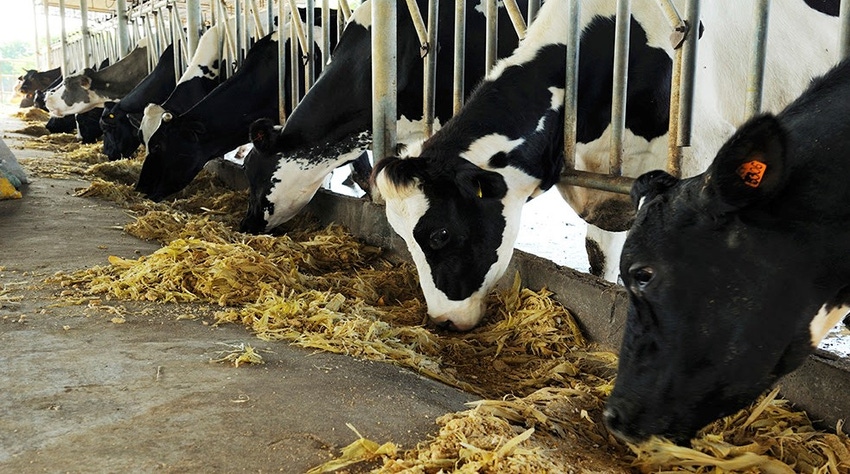
From more than one perspective, this is an “udderly” ridiculous situation -- especially from the viewpoint of the United Dairymen of Arizona, whose plant can process over 10 million pounds of milk per day, about 90% of the milk coming out of the Grand Canyon state.
Unfortunately it amounted to being all-dressed-up-with-no-place-to-go as the current coronavirus pandemic left the membership of some 90 producers -- averaging 2,800 head per dairy --- in an untenable position where milk was being wasted.
The 300-employee milk marketing cooperative, founded in 1960 and owned by dairy families, handles the output of approximately 195,000 cows. United Dairymen of Arizona has gone from humble beginnings to become one of the most successful dairy farmer cooperatives in the United States, generating a dairy product market value in excess of $760 million.
So production wasn’t the problem. Distribution was, as the last five months have brought about erratic changes in demand, prices, and how (and where) to place product.
“Never seen anything like this,” says Keith Murfield, an industry veteran of nearly five decades and the CEO of United Dairymen. “The bottom just fell out and for a couple of months, we had some of the lowest prices in years. On average it probably won’t be too bad, but you can’t rely on averages -- they’ll kill you.”
When a halt in dine-in restaurant service was initially ordered in March, dairy demand was literally cut in half -- immediately -- and farmers were stuck with thousands of gallons of perishable product -- and no place for it to go. A lot of milk got dumped, some in digesters to convert into energy, much of the remainder into holding ponds.
'The nation is watching'
A United Dairymen web page reported: “The nation is watching as farmers make the heartbreaking decision to dump their milk. The coronavirus created panic which spurred increased shopping and limits on staples. Then came the total market slowdown involving decreased sales from restaurants and schools out of session. We are working to find opportunities to donate milk, but all this -- combined with peak production season -- was a recipe for disaster.”
UDA quickly asked the USDA for support under the Milk Crisis Plan. In an April 10 letter to Ag Secretary Sonny Perdue, Board President Craig Caballero wrote: “In our 60 years as a dairy cooperative, we’ve never witnessed a market collapse as quickly and severely as we have seen in the last month. With declines so steep and swift, we did not have the opportunity to make production adjustments to offset the deterioration in demand. We couldn’t simply turn off the ‘spring flush’ faucet to significantly mitigate the impacts of the market declines.”
In just weeks, with major clients no longer requiring product, “Our farm families did what no farmer wants to do, we poured out in excess of 9 million pounds of raw milk and over 1 million pounds of cream down the drain (enough product to supply every household in Phoenix with two gallons of milk -- per week -- for two months).”
Dairy farmers had to be creative as the months went by. “Our milk production drops in July and August when temperatures and dewpoints go up. The cooling fans and misters don’t work as well and the heat slows down both cows and humans. The feed ration schedule got modified with producers going from three times a day to two as a move to cut back production.”
All-in-all, says Murfield, “The USDA Food Box program was successful and helped commodity prices, so it should be a good year for producers in July-August-September while fourth quarter is still hard to say as everybody cautiously watches the global dairy market.
“Take-out restaurants still represent a good business. But I don’t think schools are going to open until October and its uncertain if the snow bird trade of winter visitors will be the same, and both of those represent a big chunk of our market.”
About the Author(s)
You May Also Like




